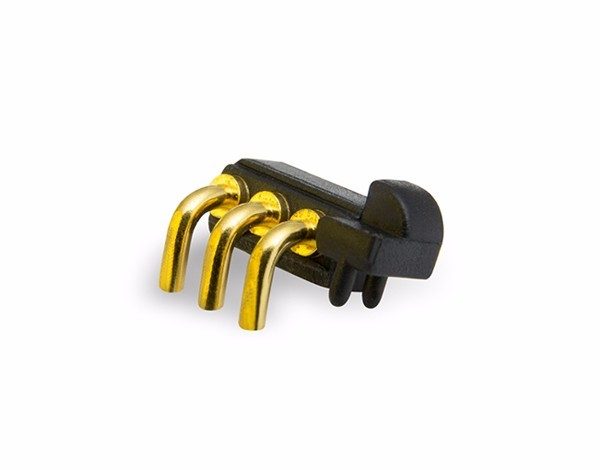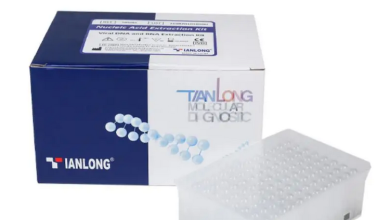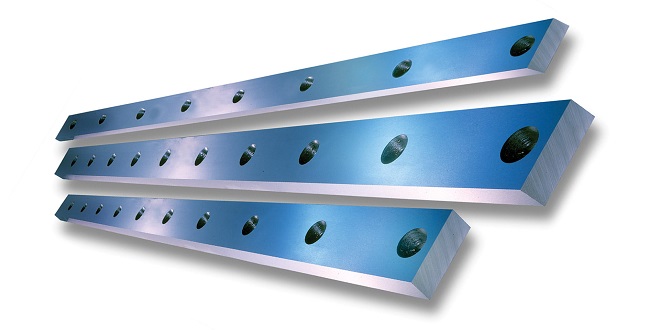Look For a Better Way to Make a Tight Connection Using the Pogo Pin Connector.

Some regularly used electronic items in everyday life, including digital products, mobile phones, computers, television sets, etc. These all have the primary core elements, followed by the Pogo Pin connector. Without a Pogo Pin connector, no electronic product will work.
Three Pogo Pin connector performance assessments
- Fundamental performance The connector’s basic performance is classified into three categories: mechanical performance, electrical performance, and environmental performance.
- Mechanical characteristics
The insertion force is an important mechanical feature in the connection function. The insertion force is separated into two parts: the insertion force and the extraction force (also known as the separation force), and the criteria for each are different. The applicable standards specify the maximum insertion force and the lowest separation force. This means that the insertion force should be small from the standpoint of use (there is a structure with low insertion force LIF and no insertion force ZIF), and if the separation force is too tiny, it will affect how dependable the contact is.
Another critical mechanical attribute is the connector’s mechanical life. Mechanical life is a durability indicator in the national standard GB5095, known as mechanical operation. It evaluates whether the connector can ordinarily complete its connection function (such as contact resistance value) following the given insertion and extraction cycle by performing one insertion and one extraction. The contact structure (positive pressure), the coating quality (slide friction coefficient) of the contact component, and the dimensional precision (alignment) of the contact arrangement all influence the insertion force and mechanical life of the connection.
- Electrical characteristics Contact resistance, insulation resistance, and electric strength are connectors’ three basic electrical qualities.
—Resistance to contact Electrical connectors of the high grade should have low and steady contact resistance. Connector contact resistance ranges from a few milliohms to tens of milliohms.
—Insulation resistance is a measurement of the insulation performance between an electrical connector’s contacts and between the contacts and the shell. Its magnitude varies between hundreds of megohms to many gigaohms.
—Dielectric strength, also known as dielectric withstand voltage, describes the connector’s capacity to sustain rated test voltage between the contacts or between the contacts and the shell.





